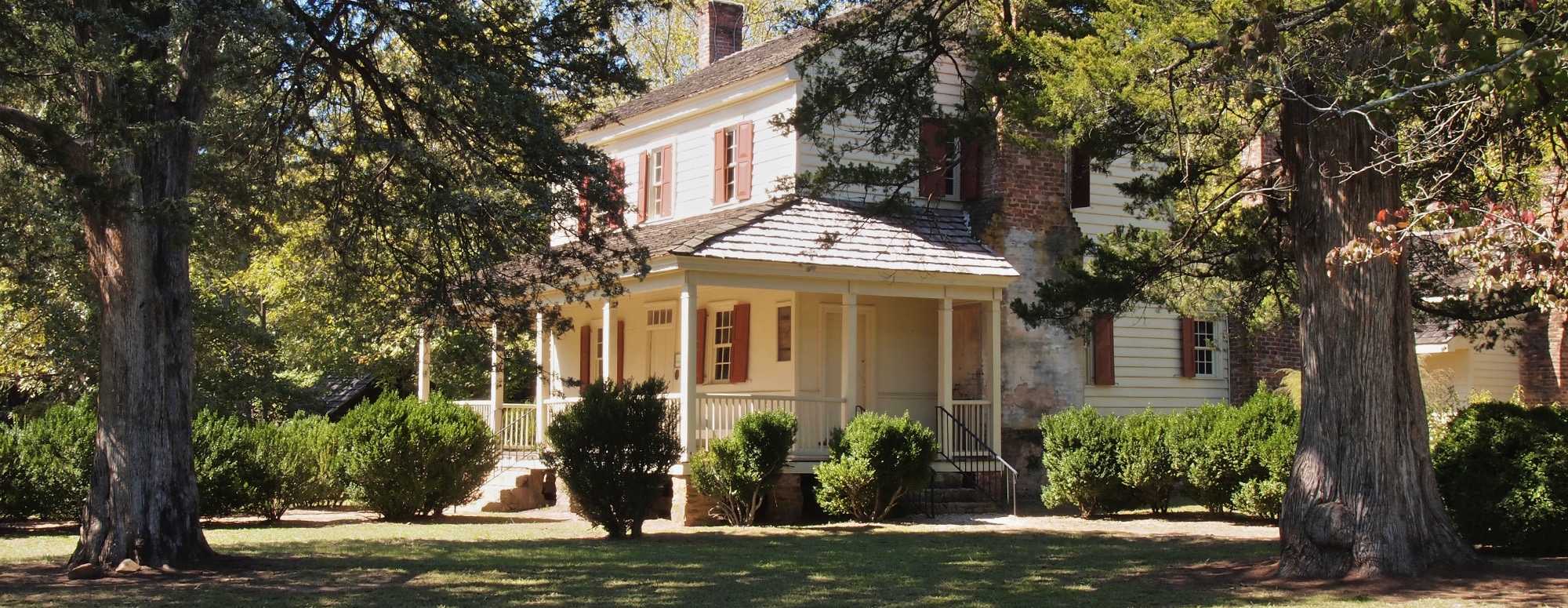Discover Spartanburg’s Historic Sites
By Florence Cope, special to OneSpartanburg, Inc.
Spartanburg is chock full of history dating back to the country’s founding. From Revolutionary War battles and American icons to being the epicenter of the textile industry at the turn of the century and a training site for U.S. soldiers during World War II, use this as your excuse to explore all of Spartanburg County’s historical ties.
Colonial Period and Revolutionary War
Get a first-hand look at the Revolutionary War fought in what was then known as ‘the backcountry’ by visiting Cowpens National Battlefield. Considered to be a turning point of the war in the South, the Battle of Cowpens took place on January 17, 1781. The skirmish put the upstate on the map and in the history books and cemented General Daniel Morgan as a national hero.
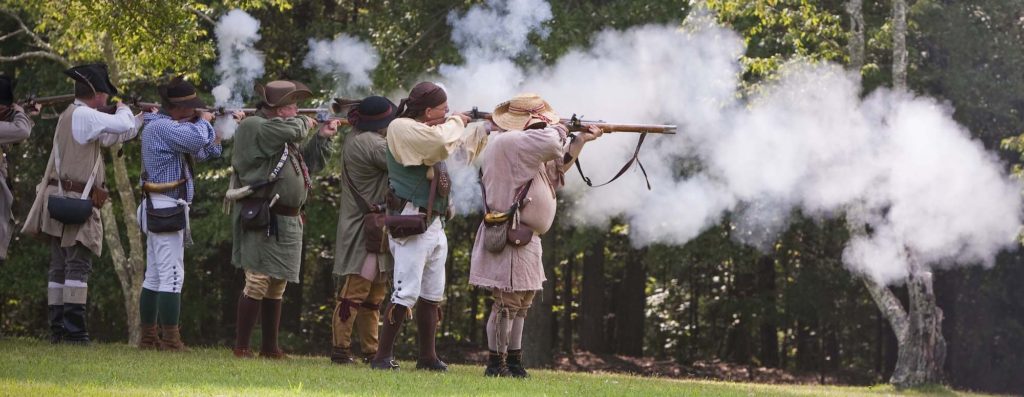
The battlefield is free to visit, and open from 9 AM-5 PM Wednesday-Sunday. At Cowpens Battlefield, you’ll find a visitor center with a museum, historical films, and various trails on the grounds. History buffs and newbies alike can enjoy a picnic, bike ride, or walk around the beautiful grounds to see things like the Robert Scruggs House and the battlefield trail with wayside exhibits.
For a closer glimpse at Daniel Morgan, head to Morgan Square, where a striking bronze statue has been erected and stands overlooking downtown. Notice the statue faces in a certain direction, which is the direction of the Cowpens battlefield. The monument was initially raised in 1881 to commemorate the 100th anniversary of the battle. Today, it is an iconic landmark of Spartanburg that is recognizable by any local.
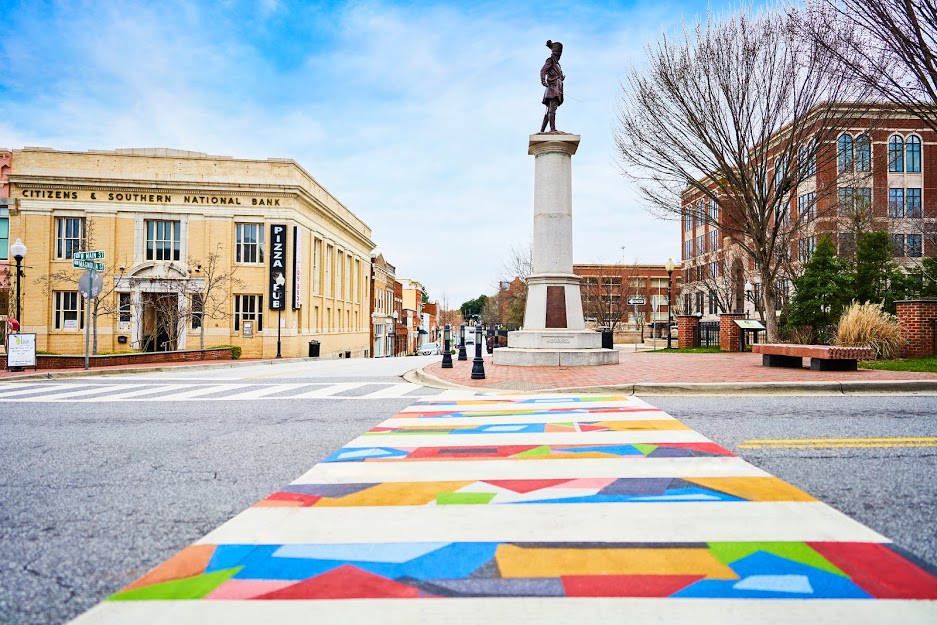
Roam the incredible acreage of Walnut Grove Plantation, once a fully operating plantation. The original owners, Charles and Mary Moore, were granted the land that the home rests on from King George III in 1763. In addition to the Moore family, Walnut Grove was home to a dozen enslaved people. Visitors are able to go inside the house and see bedrooms, a kitchen, a living area, and more, all set up with historically accurate furniture.
Visiting hours are 10 AM-5 PM Thursday-Saturday and Sundays from 12-5 PM. Admission for adults is $10, or you can have self-guided access to the grounds by paying $10 a car. Enjoy a picnic on the lawn, explore the gardens with your dog, and rest under the pavilion.
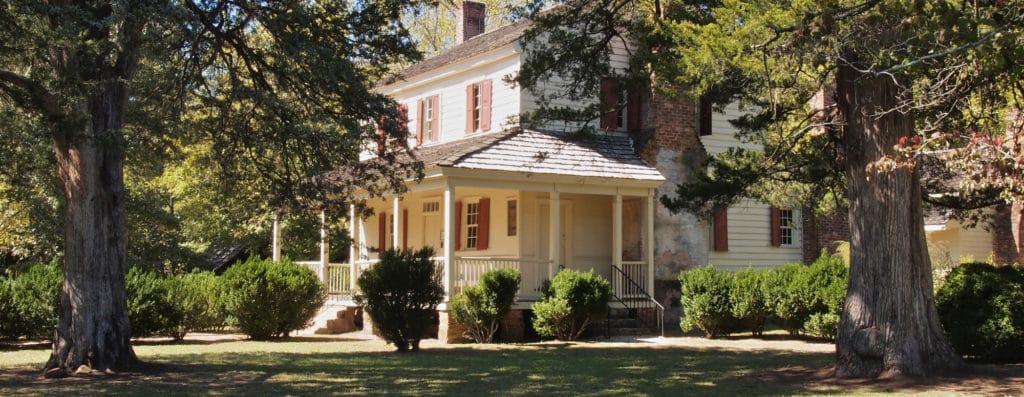
Railroads in Hub City
At the beginning of the 19th century, railroads began to rapidly spread around the country. Spartanburg became one of the spots where many trains passed through and an exporter of textiles, cotton, and peaches. With numerous railroads running through the city, Spartanburg was dubbed “Hub City” as it took the appearance of the hub of a wheel.
To see the historic Southern Railway Spartanburg Union Depot and learn about the railroad’s history, check out the Hub City Railroad Museum on Magnolia Street. The museum is open from 10 AM-2 PM on Wednesdays and Saturdays. It houses railroad artifacts and information on Spartanburg’s exports and offers a renovated Southern Railway Caboose with a gift shop and model train items. Admission is free, so drop by and appreciate Spartanburg’s rich railroad history.
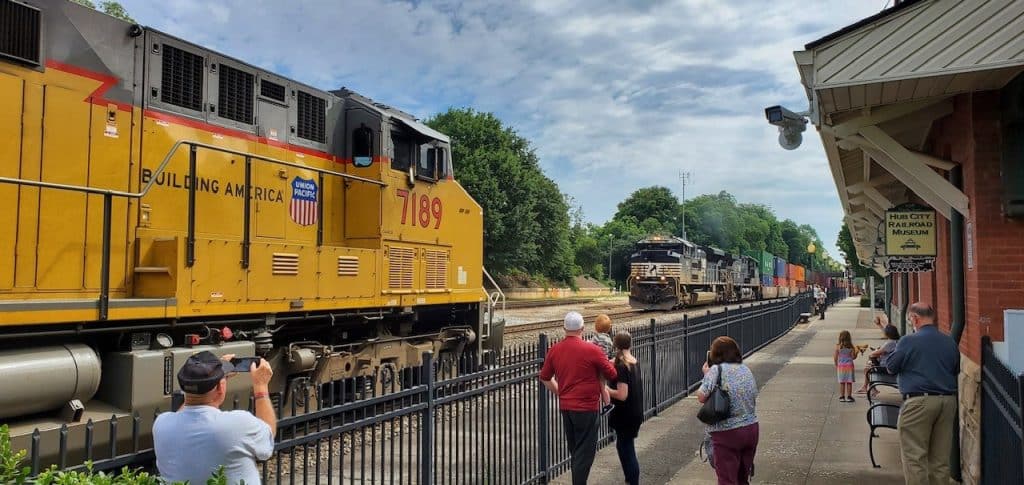
Today, many of Spartanburg’s original rail lines are paved and have been turned into walking trails. Take a stroll on Mary Black Foundation Rail Trail to see what the unused track beds have been turned into. Check out the Rail Yard for some extra fun or the Rail Tail Dog Park if you’ve brought your pup, both located alongside the trail. Getting hungry? Fretwell presents food, drinks, and music for a sunny afternoon with friends. If you can handle the hot chicken, Flock Shop is housed in an old car shop and offers soul food and cocktails.
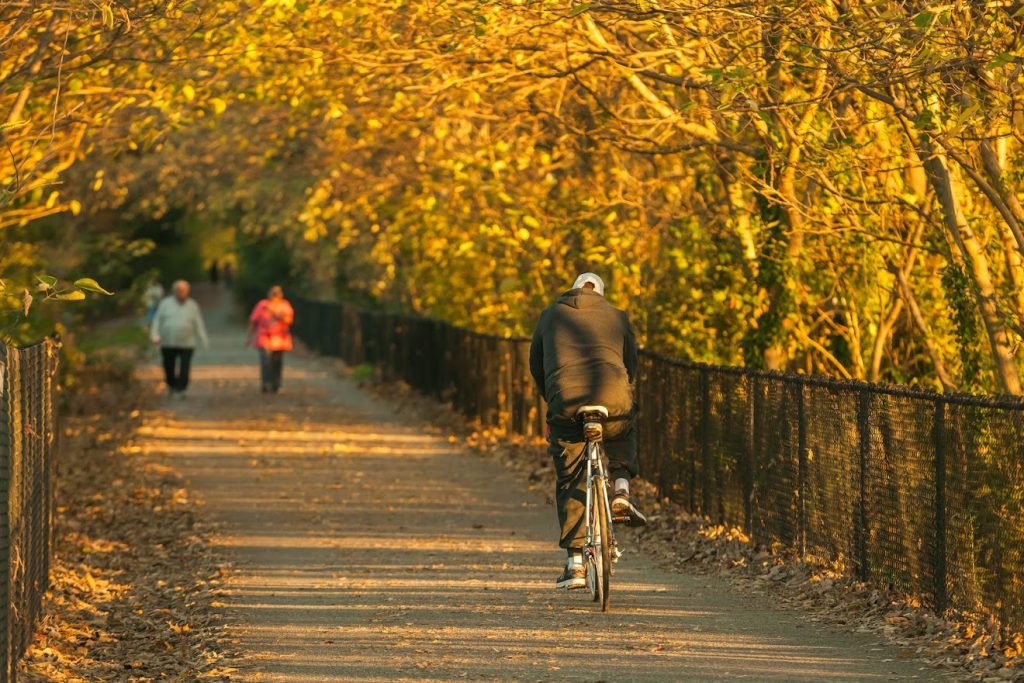
Turn of the Century Textiles
The textile industry is a defining feature of Spartanburg. Several textile mills operated through the 1900s, and have since been revitalized by the Spartanburg community for a variety of uses.
Drayton Mills has been transformed into modern apartments with various food and drink options. Start your day with a coffee from Bella Latte and then have lunch at Dray Bar and Grill, which offers familiar dishes with new twists. The marketplace also features Pi-Squared Pizza.
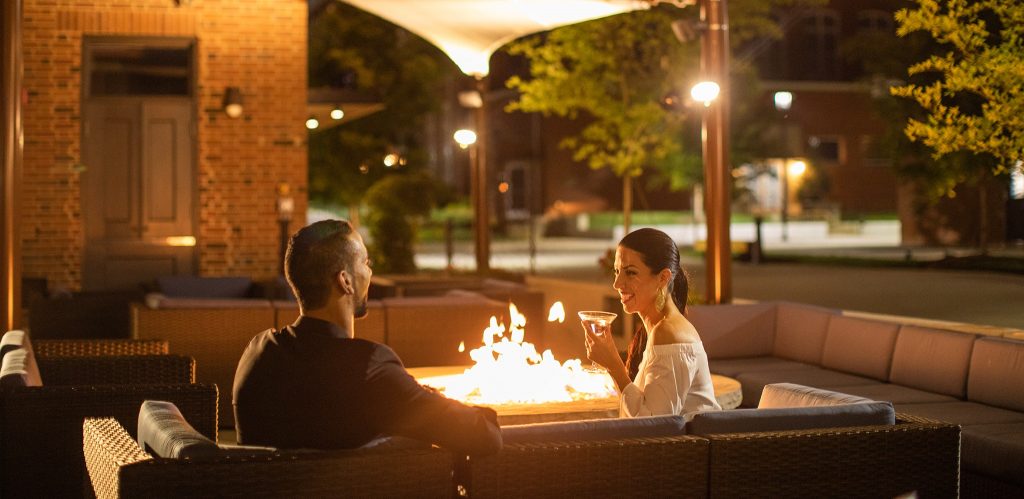
Beaumont Mills has been converted into an extension of Spartanburg Regional Hospital and houses the administrative offices.
Arcadia Mill now houses the Arcadia Station Lofts, Mayfair Lofts, and Mayfair Art Studios, an eclectic art facility where community members can discover and create art together.
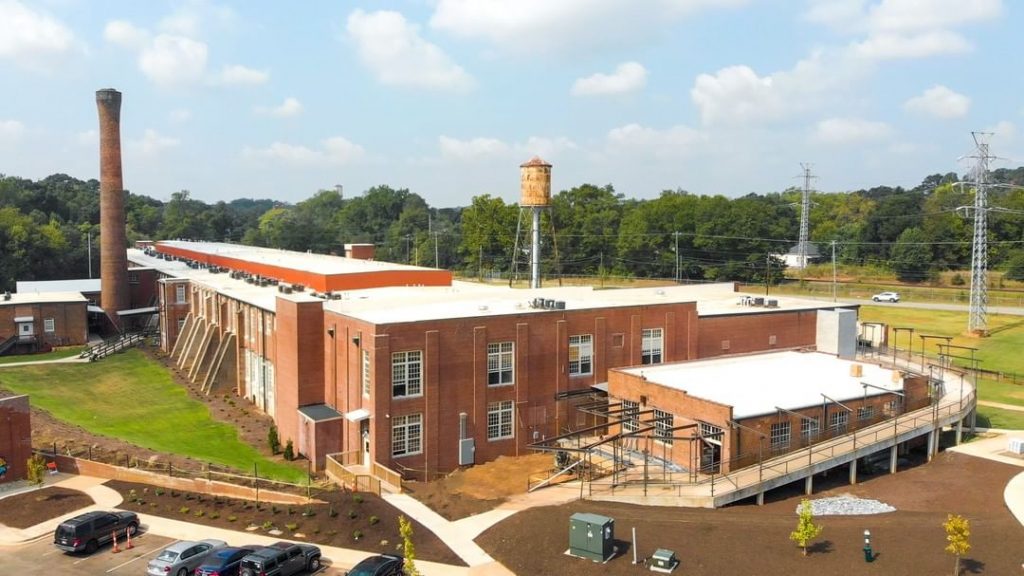
Glendale Mills is now a nature preserve with trails and a beautifully renovated bridge. The original mill burned down in a fire in 2004 but the stream-side grounds are known for their serenity and feature a waterfall over the dam. What was part of the mill remains as an Environmental Studies building for Wofford College. Wander the 13 acres of Glendale Shoals Preserve and admire the incredible plant, animal, and bird presence.
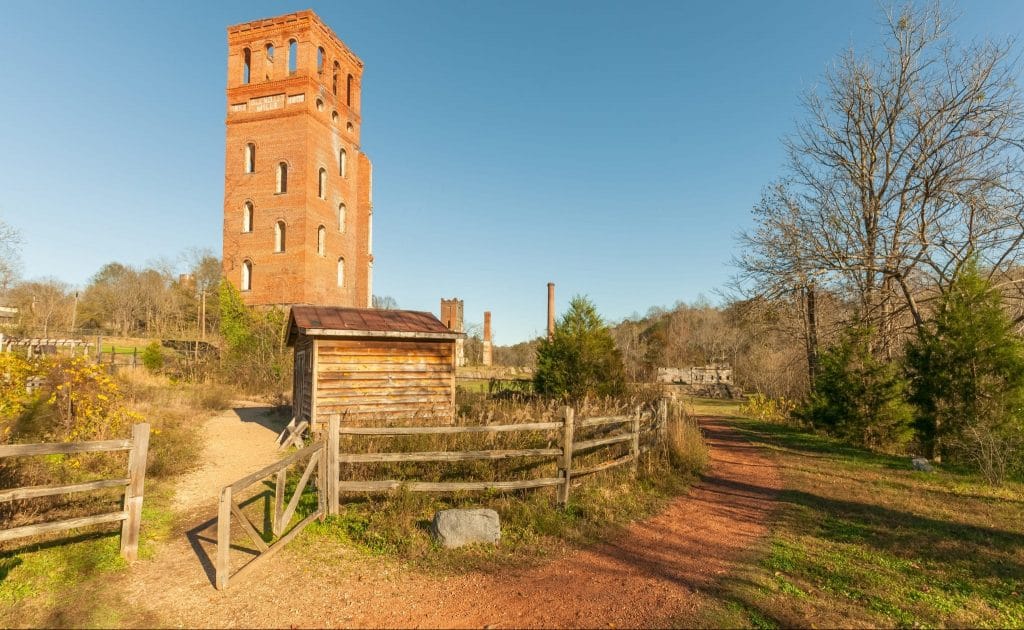
The mills of Spartanburg are an example of the city’s ever-changing landscape and a sign of its adaptability.
World War II On the Home Front
With the onset of each world war, Spartanburg hosted training camps for thousands of soldiers. Croft State Park was created to prepare American soldiers to fight in Europe. Croft State Park is now a lush and natural state park with lakes, trails, and campgrounds, just six miles southeast of downtown.
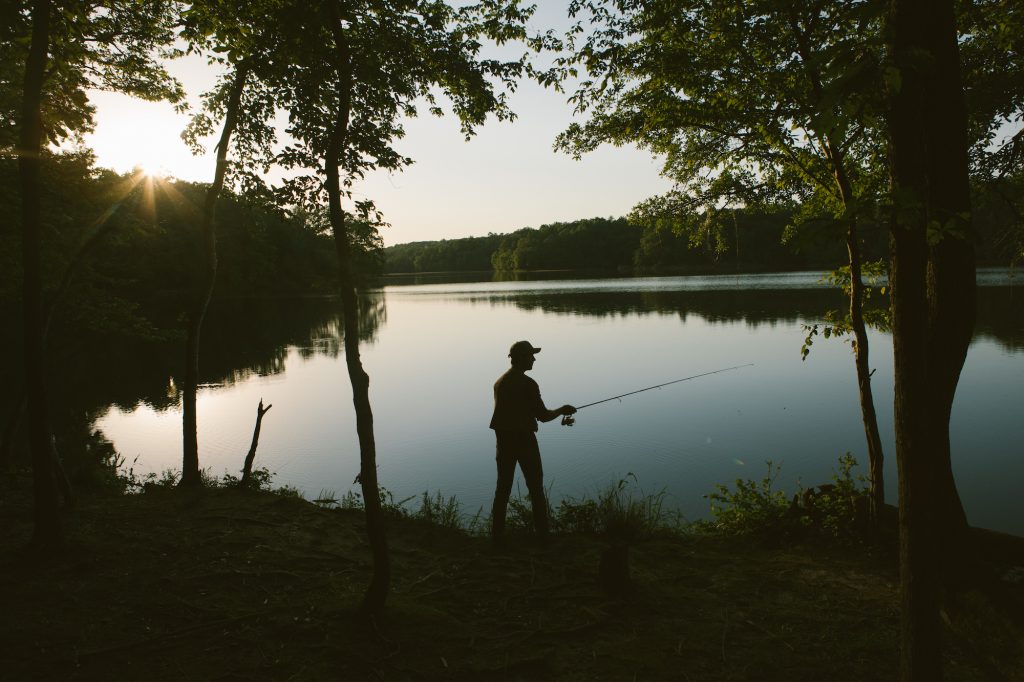
Covering over 7,000 acres of land, the park offers 20 miles of trails for biking and hiking as well as stunning Lake Craig and numerous streams. Visitors can rent canoes and fish on the lake, horseback ride on the trails, or rest under the picnic shelters, all while being surrounded by incredible sights of nature. Admission is $3 for adults and the park is open 7 AM-6 PM, extending to 9 PM during daylight saving time.
Local Black History
Spartanburg was home to one of the national sit-ins by Black youths in the 1960s to protest segregation and fight for civil rights. On July 26, 1960, Spartanburg students had a sit-in at a Woolworth’s lunch counter to protest a proclamation against sit-ins that had been passed the day before. This ignited civil rights demonstrations across the city and matched the outcry of civil rights protests nationwide. The McMillan Pazdan Smith building sits where Woolworth’s once was, and a plaque has been put up to honor the brave students who protested for social change.
The community of Little Africa was one of the first independent African American communities formed post-Civil War and was founded in 1880 by former slaves. It then grew to several hundred residents and eventually included a schoolhouse and a church. You can visit this community to better understand the efforts of newly emancipated people in the late 1800s.
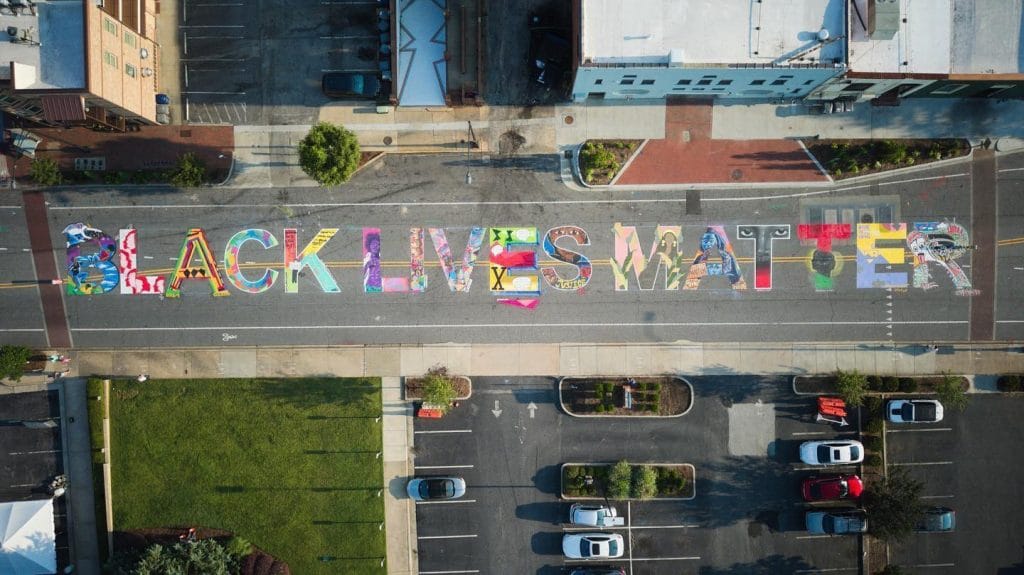
The Black Lives Matter mural is a fantastic piece of art that one should see if they are downtown. Painted in June 2020 in response to the murder of George Floyd, it incorporated 16 different artists from around the country and drew the entire Spartanburg community in. View the mural on West Broad Street and admire each unique letter’s vibrant colors and designs.
Spartanburg Music Trail
Several famous musicians have humble beginnings in Spartanburg before going on to make a national or international impact on various genres of music. Follow the Spartanburg Music Trail downtown, which begins at the corner of Main and South Daniel Morgan Ave. Learn about musical acts such as the Marshall Tucker Band, Southern rock icons, Clara Smith, soul and jazz singer, and Don Reno, prolific songwriter and bluegrass banjo player.
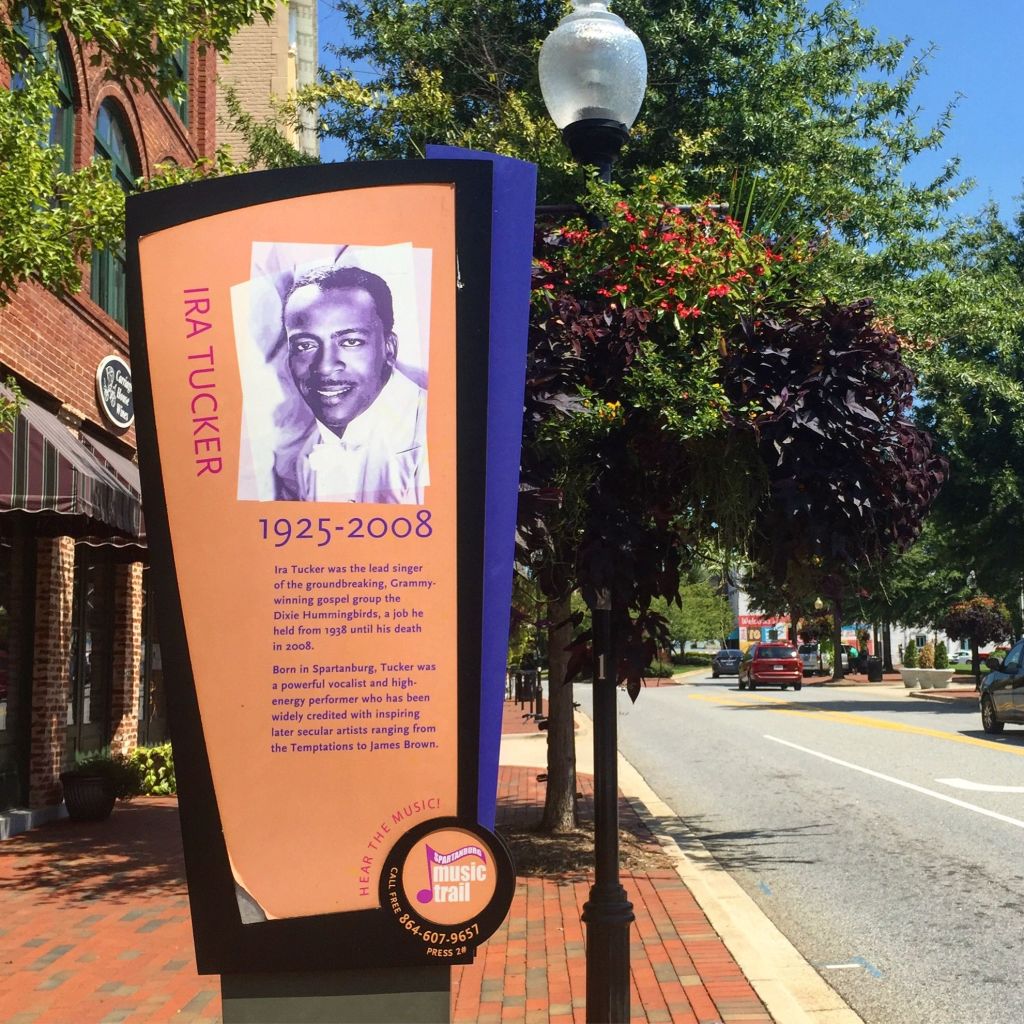
Visitors and residents of Spartanburg should visit the Spartanburg County Historical Association website for more information about local historic sites. Also, drop by the Hub City Bookshop to pick up some books written by Spartanburg experts to dive even deeper into the rich narrative of the upstate.
Know of a place that showcases Spartanburg’s history not featured here? Share your favorite local historic sites with #OneSpartanburg for a chance to have your photos featured on our social media accounts (and follow us on Facebook, Instagram, Twitter, and Pinterest if you don’t already)!


